Hydor introduced the new AQLUX LED bars at last year’s Interzoo, and we finally have the brand-new AQLUX 700 Reef in our hands to test in the DaniReef LAB, where we will also use the new ITC Parwise with cPur for the first time.
The Hydor AQLUX bars also come in a version for freshwater aquariums, but we’ll cover those in a future article with dedicated measurements. For now, we’re focusing on the bars for marine aquariums.
LED bars are the most convenient and high-performing system for managing light in an aquarium. They are reasonably affordable, and can be purchased in increasing numbers as our needs evolve. One bar might suffice for fish, two for soft corals, and more for LPS and SPS corals. Compared to a traditional light fixture, you generally lose advanced programming capabilities for managing the various LED channels, but, in my opinion, with the ability to turn individual bars on and off, this isn’t an issue. In any case, the new AQLUX bars are fully equipped in every aspect, as we’ll see.
Technical Specifications of the Hydor AQLUX 700 Reef LED Bars
- Dimensions: 72 x 8 x 9.5 cm
- Power Consumption: 36 watts
- Maximum Brightness: 1400 lumens
- Retail Price: €109.00 (with no power switch)
Our Video of the Hydor AQLUX 700 Reef LED Bars
In the video, we’ll show the bars and explain how we measure PAR values, commenting live on the results of our tests.
LEDs Used in the AQLUX 700 Reef Bar
- 10,000°K White LEDs: 48 x 0.5 watts
- 395 nm Violet LEDs: 10 x 0.5 watts
- 420 nm Blue LEDs: 11 x 0.5 watts
- 440 nm Blue LEDs: 21 x 0.5 watts
- 460 nm Blue LEDs: 21 x 0.5 watts
- 480 nm Blue LEDs: 14 x 0.5 watts
- 620 nm Red LEDs: 14 x 0.2 watts
- 660 nm Red LEDs: 14 x 0.2 watts
Total LEDs: 153. With a declared power consumption of 36 watts, the LEDs are driven at less than half their nominal power to ensure longevity. It’s interesting to note that the 660 nm red LEDs are very close to infrared. The layout, as you can see from the number of LEDs used, is quite complex, and this is one of the secrets of the Hydor AQLUX 700 Reef light.
The new Hydor AQLUX 700 Reef LED bars have about one-third of the LEDs in the 10,000°K range, half in the blue spectrum, and the remaining 20% (at very low power) in the red spectrum. The result is a bar that emits a rather white light, suitable for any marine aquarium that requires a primary light source. This light could even be the sole source for the aquarium.
Control of the Hydor AQLUX 700 Reef Bars
Hydor made a very smart choice, in my humble opinion, by equipping its LED bars with a simple yet highly functional controller. Using its four buttons, you can set everything you need.
When the bar is connected to power, the timer management starts. The first half-hour is a complete dimming cycle, starting from the night setting and reaching the maximum brightness set. With the TIMER button, you can set the photoperiod duration to 6, 9, or 12 hours. The MODE button allows you to switch between day and night settings. Finally, the DIM button lets you adjust the brightness of the day or night light across eight levels.
However, be aware that, in my opinion, the minimum night brightness, while scenic, is a bit too strong and risks over-illuminating the aquarium. It’s always possible to eliminate it entirely.
If you want to go beyond these settings—such as setting a more precise timer for on/off times, decoupling it from the moment power is supplied, or managing differentiated dimming during the day or night—you can purchase an external controller, for which the light is already pre-equipped.
The Hydor AQLUX bars have two holes at the ends, as seen in the image, where you can attach two terminals that end with a clip, allowing the bars to rest on the aquarium glass. These terminals enable the use of the Hydor AQLUX 700 Reef LED bar in aquariums with lengths between 70 and 100 cm.
Additionally, the AQLUX LED bars are all IP67 certified. This means they are dust-tight and water-resistant, even when temporarily submerged (up to 1 meter deep for 30 minutes). This makes them perfect for placement above the aquarium, as even accidental immersion won’t cause issues, and splashes can be easily cleaned off.
Our New DaniReef LAB Methodology for PAR Measurement
During the long nights spent on our forum, we’ve often wondered how to approach comparing PAR values from different light fixtures. Until now, we’ve done this using the Apogee Quantum Meter MQ-510.
The Quantum Meter MQ-510 measures PAR, expressed as PFFD (Photosynthetic Photon Flux Density) in μmol m⁻² s⁻¹. This instrument is calibrated to work underwater, so when used in air, the measured value must be divided by 1.32, which is the immersion factor. Since there’s no water during the tests we’ll see, we need to perform this conversion. The values you’ll see will always be the correct ones.
We decided to build a 70×70 cm base, where we marked 17 reference points to position the sensor of the Quantum Meter MQ-510. To position the light fixture, we created risers at 20, 40, and 60 cm. This allows us to take readings at consistent distances from the sensor. This will enable us to create spatial curves that can be compared with those of other fixtures, always at the given distances. Note that this distance is measured between the base of the sensor and the base of the light fixture. In reality, the distance must be reduced by 3.5 cm (the height of the measurement cylinder) and increased by 0.5 cm (the size of the spacers that keep the fixture elevated).
In total, the three measurements will be taken at 17, 37, and 57 cm in air, and the correction factor will be applied.
Above, you can see our measurement board with spacers to keep the LED bar elevated 17 cm above the board and the fixture itself. This ensures consistent values for any fixture we test and facilitates comparisons.
To this system, we’ve also added the new ITC PARwise, which allows us to measure PAR, generate spectral analysis, and, most importantly, evaluate cPUR. cPUR (Coral Photosynthetically Usable Radiation) is a measurement of light specifically designed for corals. PAR doesn’t tell us whether the light we’re measuring is actually useful for coral growth. You can have a high PAR level but concentrated entirely in the wrong part of the spectrum. As a measurement parameter, it’s now quite outdated.
cPUR includes only the wavelengths and intensity of light that corals can actually use, excluding those that aren’t efficiently utilized in photosynthetic processes or fluorescent proteins.
PAR Measurement at 17 cm Distance
Here are the recorded values:
And here is the corresponding graph. For consistency, we’ll use the same scale for comparable fixtures. In this case, since we’re dealing with bars, we’ve lowered the maximum scale value. In future bar tests, you’ll find the same evaluation scale.
As you can see, the bar creates a curve resembling a tent, with perfect uniformity in the central value and minimal lateral values. Unlike traditional fixtures, the decay is very linear, as we’re about 20 cm from the light source. We notice a slight decrease in brightness at the central edges, which is normal because the reinforcement of the central light is missing.
PAR Measurement at 37 cm Distance
Here are the recorded values:
And here is the corresponding graph. For consistency, we’ll use the same scale for comparable fixtures, i.e., those with similar power and type.
As the distance between the fixture and the sensor increases, the difference between the PAR values measured at the center and the edges decreases. The light spreads significantly, and the central value drops from 236 to 92 μmol m⁻² s⁻¹, taken at the two brightest points.
PAR Measurement at 57 cm Distance
Here are the recorded values:
And here is the corresponding graph. For consistency, we’ll use the same scale for comparable fixtures, i.e., those with similar power and type.
As the distance between the fixture and the sensor increases further, the uniformity of the measured values improves. The uniformity is practically perfect. The central value drops again from 236 to 92 to 48 μmol m⁻² s⁻¹.
Central PAR Values in Different Configurations
We continue with our technical measurements. Below, we see how the central PAR measurements drop in a graph across the three different distances tested, indicating the lenses used in the fixture.
Energy Variation of the Hydor AQLUX 700 Reef LED Bars Based on Distance
In my opinion, this is the most significant data point among those measured and the most comparable: the energy variation. The volumes subtended by the three surfaces you saw earlier were calculated. It’s obvious that as you move away from the fixture, the PAR values drop, but they also drop because the light illuminates a larger area. This method accounts for all the light energy contained in the hypothetical 60 cm square subtended by the fixture. We see that the three values—287,000, 198,000, and 127,000—take on a different connotation compared to the central measured values. While the former drop significantly as distances increase, the subtended area, i.e., the energy, decreases more slowly.
LEDs of the Hydor AQLUX 700 Reef Fixture
Thanks to the use of the ITC PARwise, we’ve also measured other values, including the light spectrum and the important cPUR.
Above, we see the light spectrum as recorded by the PARwise. The spectrum is created using discrete point measurements, so the curve isn’t as perfect as one recorded by a more precise instrument. However, it provides a sufficiently accurate idea, showing a predominance around 446 nm, where it achieves maximum PAR. Overall, it also indicates a maximum lux of 8,672 and 242 PAR. Obviously, we’re talking about a distance of about 17 cm with the sensor placed at the center.
Above, we see the green curve indicating cPUR, i.e., the maximum photosynthetically usable radiation for corals. We see that the spectrum of the Hydor AQLUX 700 Reef is entirely below that curve. In practice, there’s no dispersion of light unused by corals, and that’s what matters.
How to Evaluate These Numbers in an Aquarium?
This is a great question, as initially, we thought we could directly translate these numbers into aquarium conditions. Then, we filled an aquarium with water, submerged the probe, and repeated some measurements. At first glance, the results surprised us. In practice, while at 20 cm the results are practically identical, as you go deeper, thanks to the glass reflecting light and the water itself diffusing it more, you can find values even double those measured in air. Obviously, this isn’t a detail that can be standardized, so we believe our calculation methodology is the most accurate and the best for comparing the coverage of different fixtures.
Power Consumption
The measurement of instantaneous power consumption was made possible thanks to the handy RCE PM600 tool, which can also measure the Cos(φ) (or phase shift). The result is provided directly in watts.
Above, we see the maximum power and, following that, the phase shift value.
The calculation of the absorbed current and, therefore, the power is as follows:
Hydor AQLUX 700 Reef Fixture: 38.14 watts. Considering that at 17 cm, the fixture develops 236 μmol m⁻² s⁻¹ at the center, we can say, in perspective, that it has a peak value of 6.19 μmol m⁻² s⁻¹ per watt (PAR per watt). This value is difficult to compare with a traditional fixture because it’s more or less constant along its entire length.
The Hydor AQLUX 700 Reef LED Bars cost €109 , on the Hydor and Ferplast website, with no power switch. The absorbed power, as we’ve seen, is 38.14 watts, resulting in a cost/watt ratio of approximately €2.85 per watt.
We must also consider a phase shift of 0.96, an optimal value well above the average for a fixture. Rarely have we seen fixtures so well phase-corrected. Kudos to Hydor.
Comparison with Other LED Bars on the Market
Since we started using the Apogee Quantum Meter MQ-510, we’ve collected data on various LED fixtures. Let’s look at the values of the LED bars we’ve measured so far.
Considering these first fixtures tested, we can make an interesting comparison of the energy produced.
| Energy | Cost | Consumption | Energy/€ | Energy/w | |
| ASF Proten LED Reef Blue a 17 cm | 138.000 | 130 | 27,80 | 1.060 | 4.956 |
| ASF Proten LED Reef Blue a 37 cm | 93.000 | 130 | 27,80 | 718 | 3.357 |
| ASF Proten LED Reef Blue a 57 cm | 60.000 | 130 | 27,80 | 464 | 2.166 |
| Hydor AQLUX 700 Reef a 17 cm | 287.000 | 109 | 38,14 | 2.629 | 7.514 |
| Hydor AQLUX 700 Reef a 37 cm | 198.000 | 109 | 38,14 | 1.815 | 5.188 |
| Hydor AQLUX 700 Reef a 57 cm | 127.000 | 109 | 38,14 | 1.167 | 3.335 |
| Orphek OR2 Blue Plus 120 cm a 17 cm | 323.000 | 180 | 54,69 | 1.794 | 5.906 |
| Orphek OR2 Blue Plus 120 cm a 37 cm | 291.000 | 180 | 54,69 | 1.616 | 5.321 |
| Orphek OR2 Blue Plus 120 cm a 57 cm | 259.000 | 180 | 54,69 | 1.438 | 4.736 |
| Orphek OR3 Blue Sky a 17 cm | 318.000 | 200 | 62,04 | 1.590 | 5.129 |
| Orphek OR3 Blue Sky a 37 cm | 220.767 | 200 | 62,04 | 1.103 | 3.449 |
| Orphek OR3 Blue Sky a 57 cm | 205.518 | 200 | 62,04 | 1.027 | 3.211 |
| Orphek OR2 Reef Day Plus 120cm a 17 cm | 255.000 | 180 | 54,69 | 1.418 | 4.667 |
| Orphek OR2 Reef Day Plus 120 cm a 37 cm | 233.000 | 180 | 54,69 | 1.292 | 4.252 |
| Orphek OR2 Reef Day Plus 120 cm a 57 cm | 225.000 | 180 | 54,69 | 1.251 | 4.117 |
| Reef Flare Bar Blue S a 17 cm | 202.000 | 220 | 24,34 | 918 | 8.299 |
| Reef Flare Bar Blue S a 37 cm | 177.000 | 220 | 24,34 | 804 | 7.272 |
| Reef Flare Bar Blue S a 57 cm | 155.000 | 220 | 24,34 | 704 | 6.368 |
The comparison values are very interesting. The fixtures are more affordable than the competition, but the PAR developed relative to the cost is top-tier. Even in terms of economic efficiency, they’re second only to the Reef Flare. Compared to the Proten LED, which is in the same market segment, they’re better in all technical aspects, provided the spectrum meets your preferences.
Conclusions
The fixture is spectacularly built, with the added bonus of IP67 certification. Its technical efficiency (PAR per watt) is very, very high. The cost per PAR is top-tier. Of course, the total PAR reflects the purchase price and isn’t extremely high. But this allows you to use one or two in a beginner aquarium, perhaps with fish and soft corals, or even LPS corals, spending little while getting all the light you need. You can always add more bars later to accommodate more demanding corals.
I really like the extruded profiles and the finish. The ability to adapt to aquariums of different lengths is very interesting. The simple integrated controller is excellent, providing everything we need while leaving the door open to integrate a more advanced controller later.
The Hydor AQLUX 700 Reef Fixtures were provided by Ferplast for this test

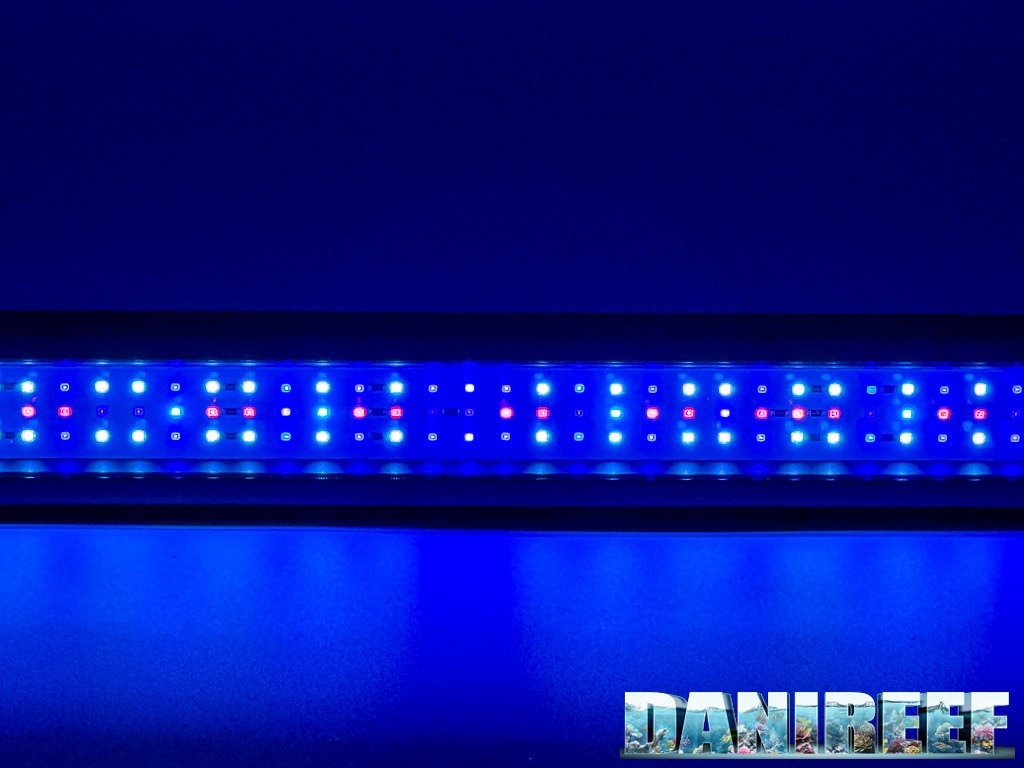
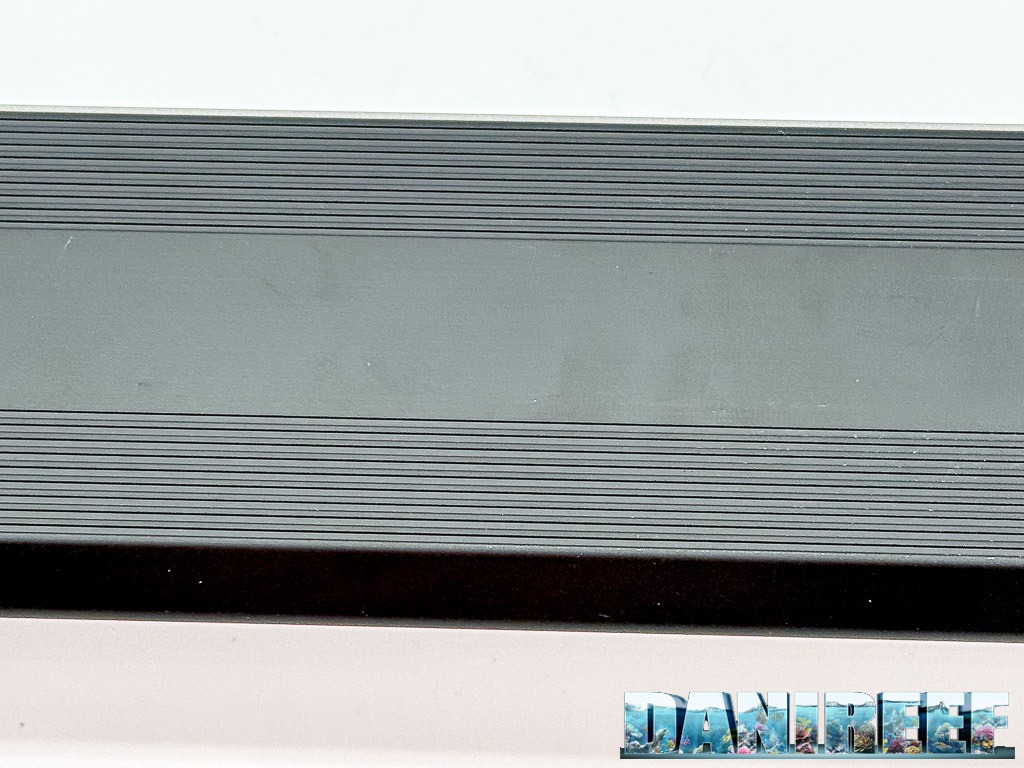
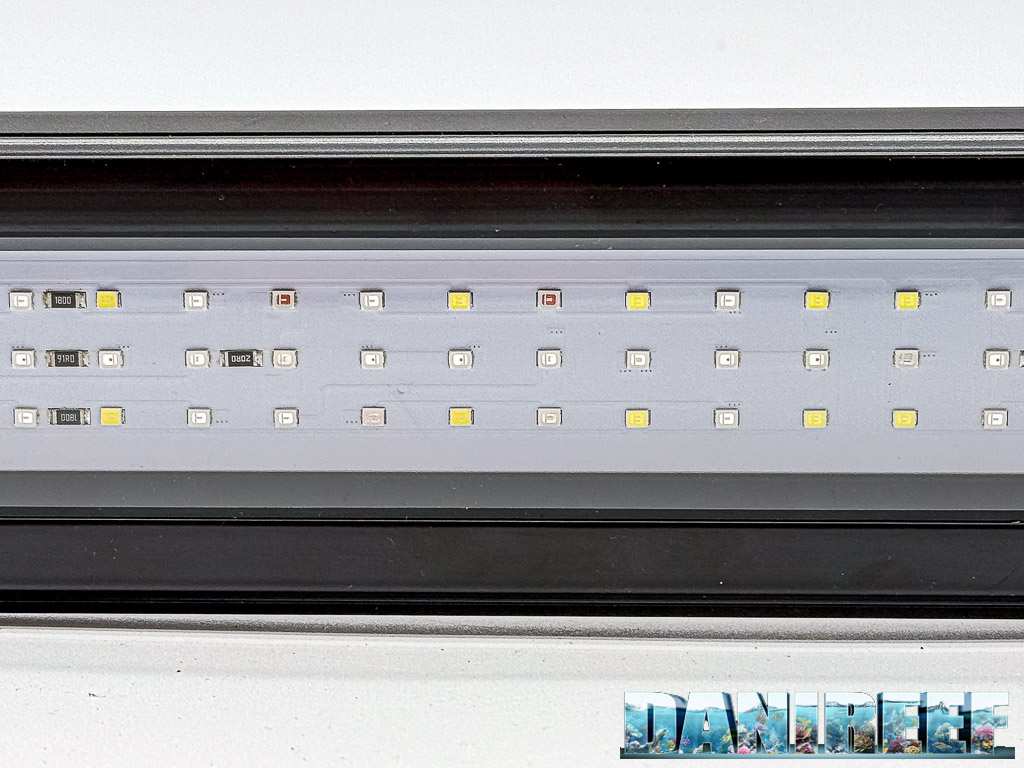


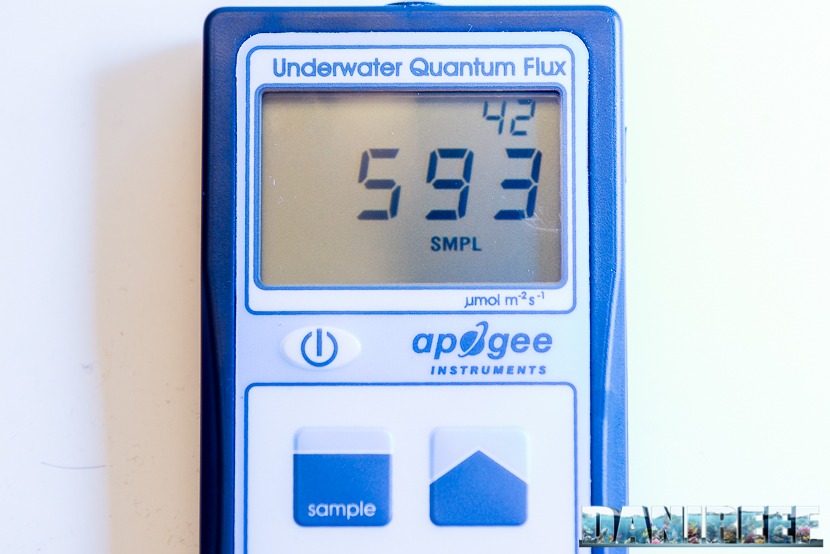
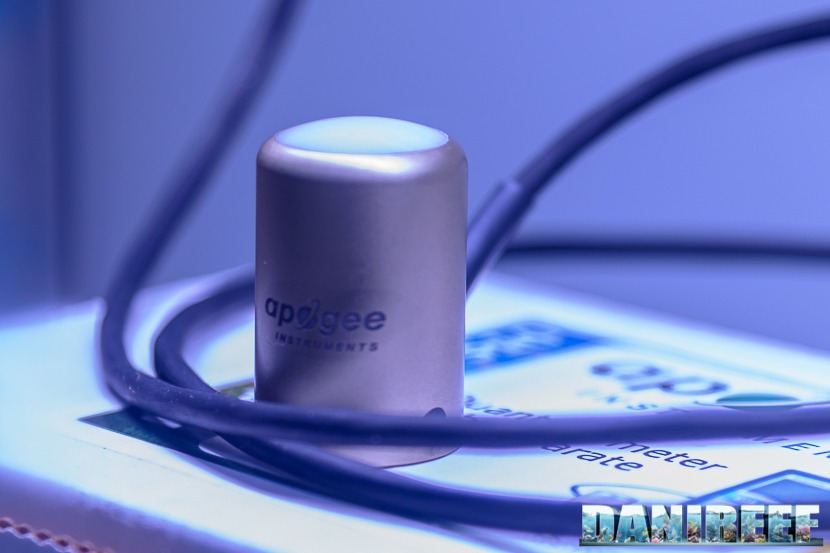
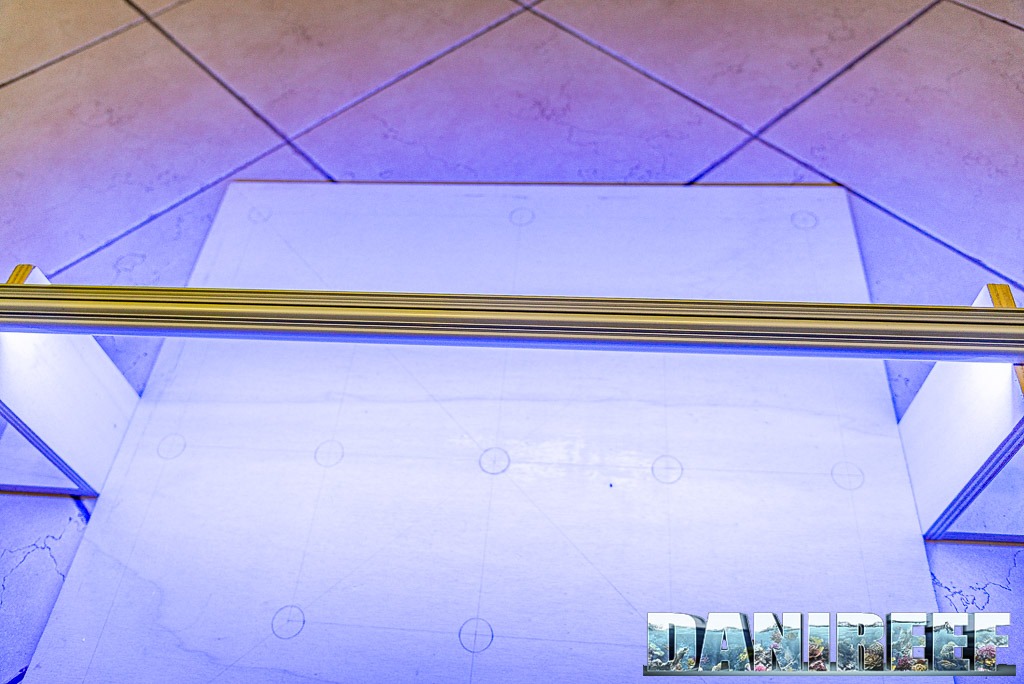
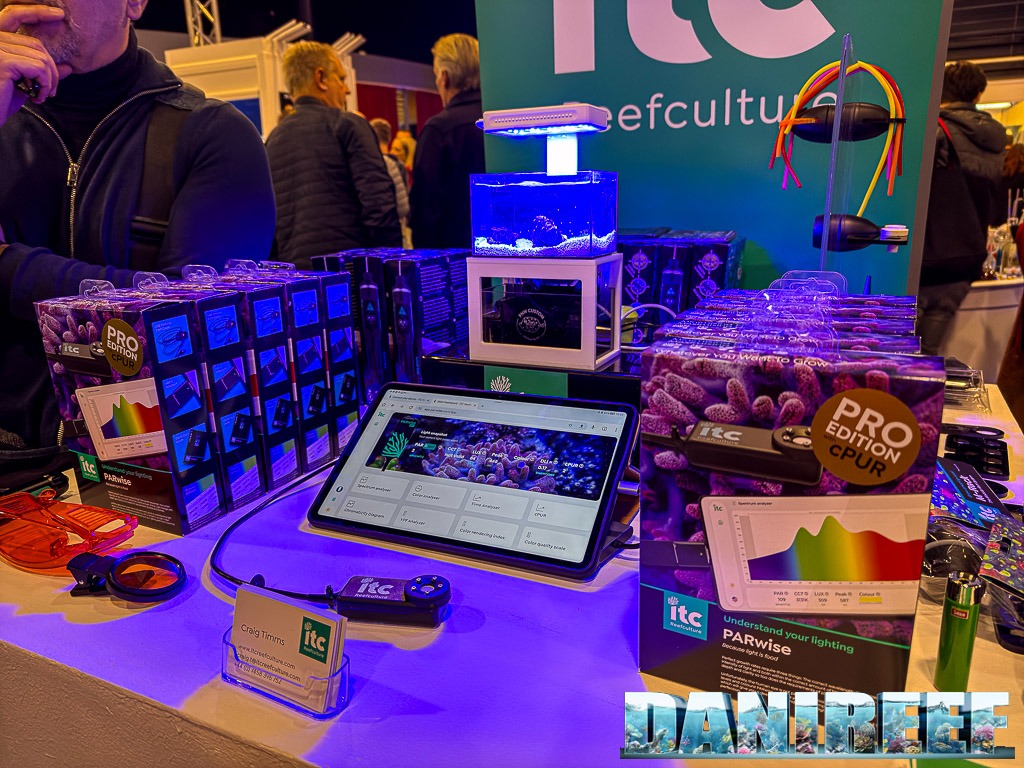
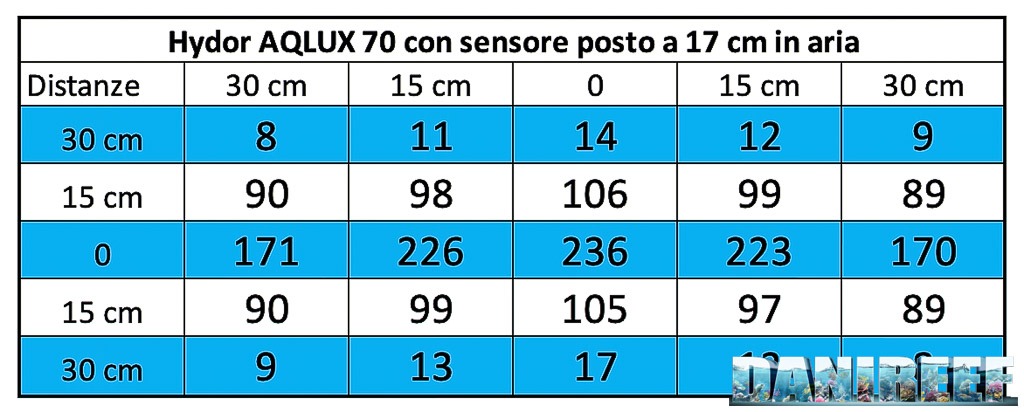
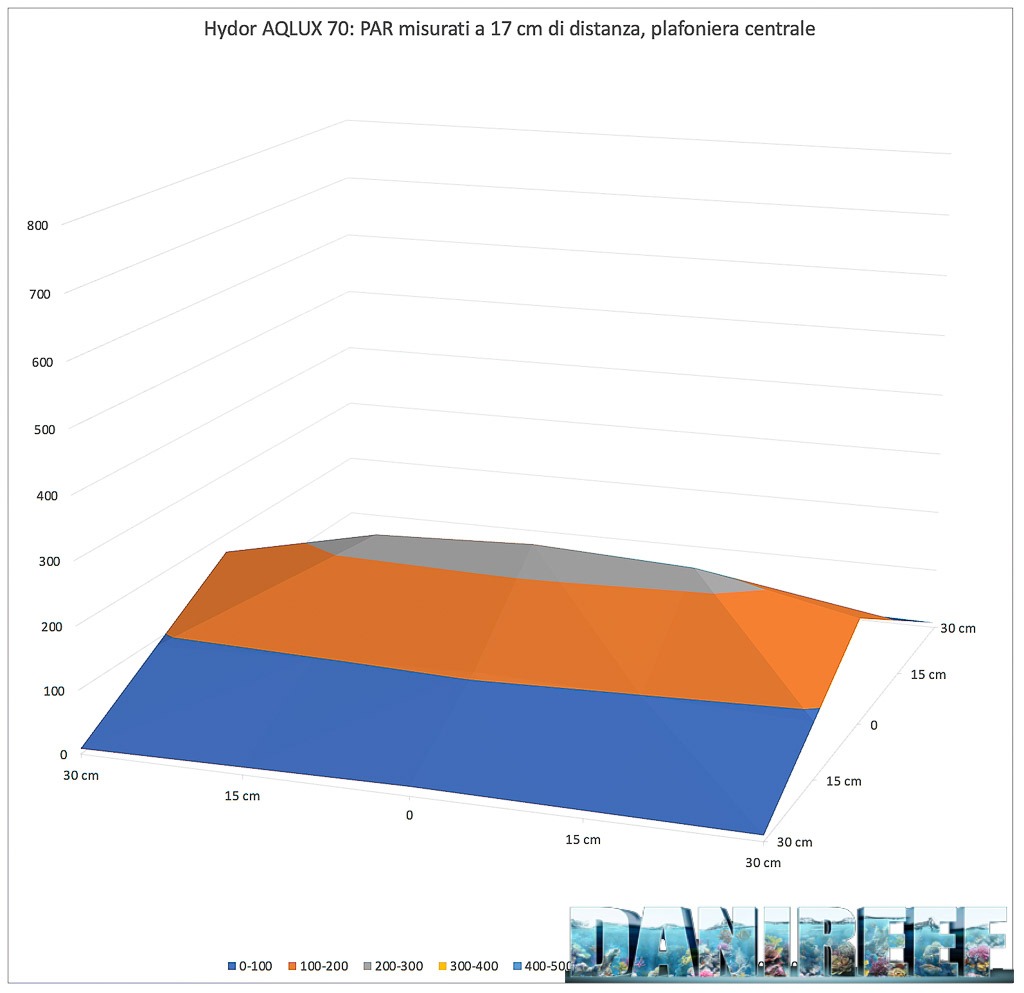



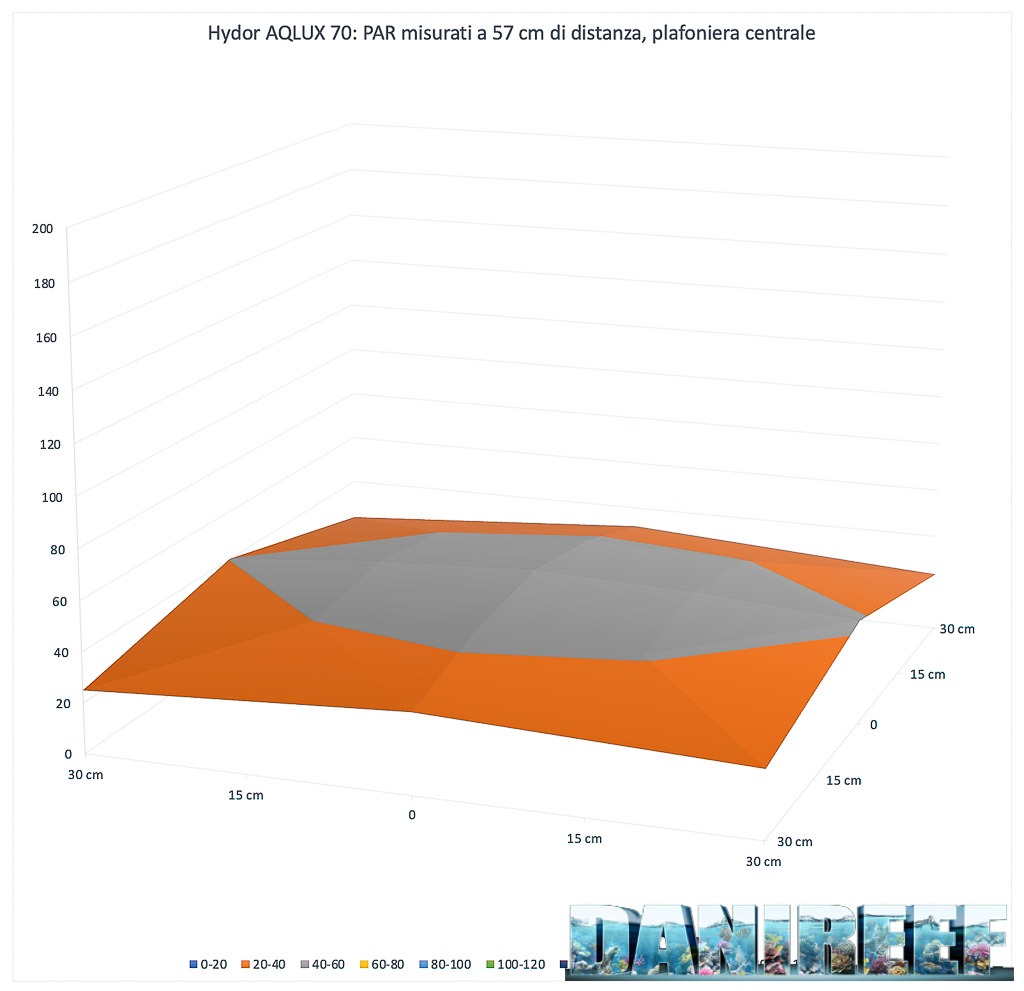
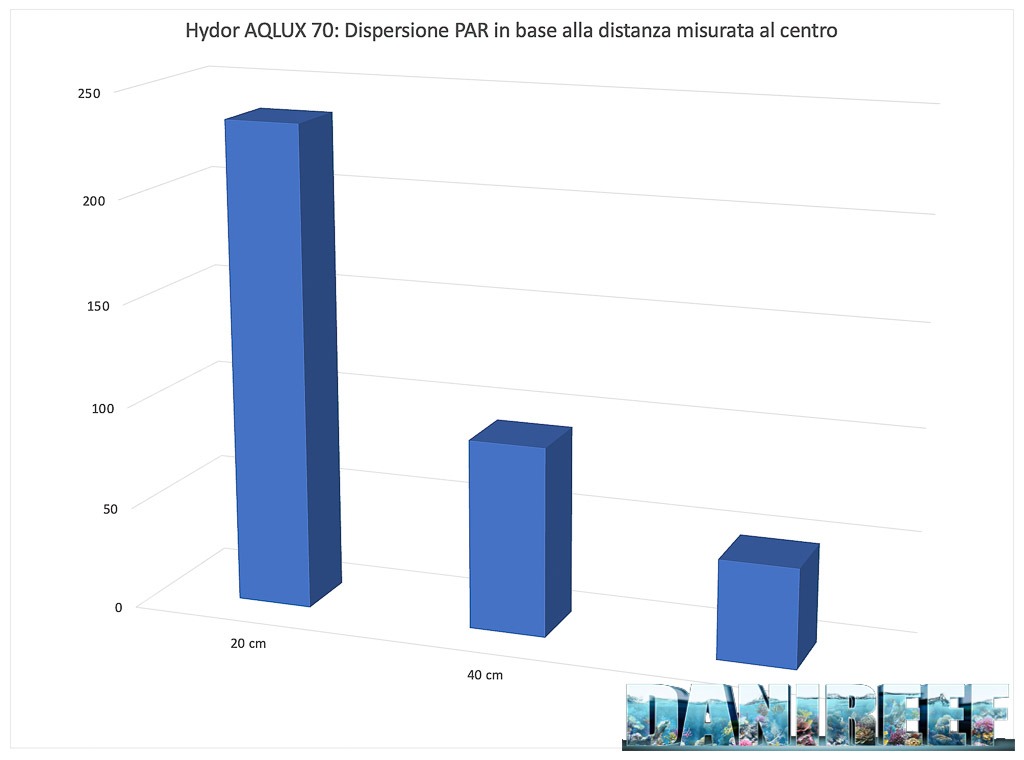
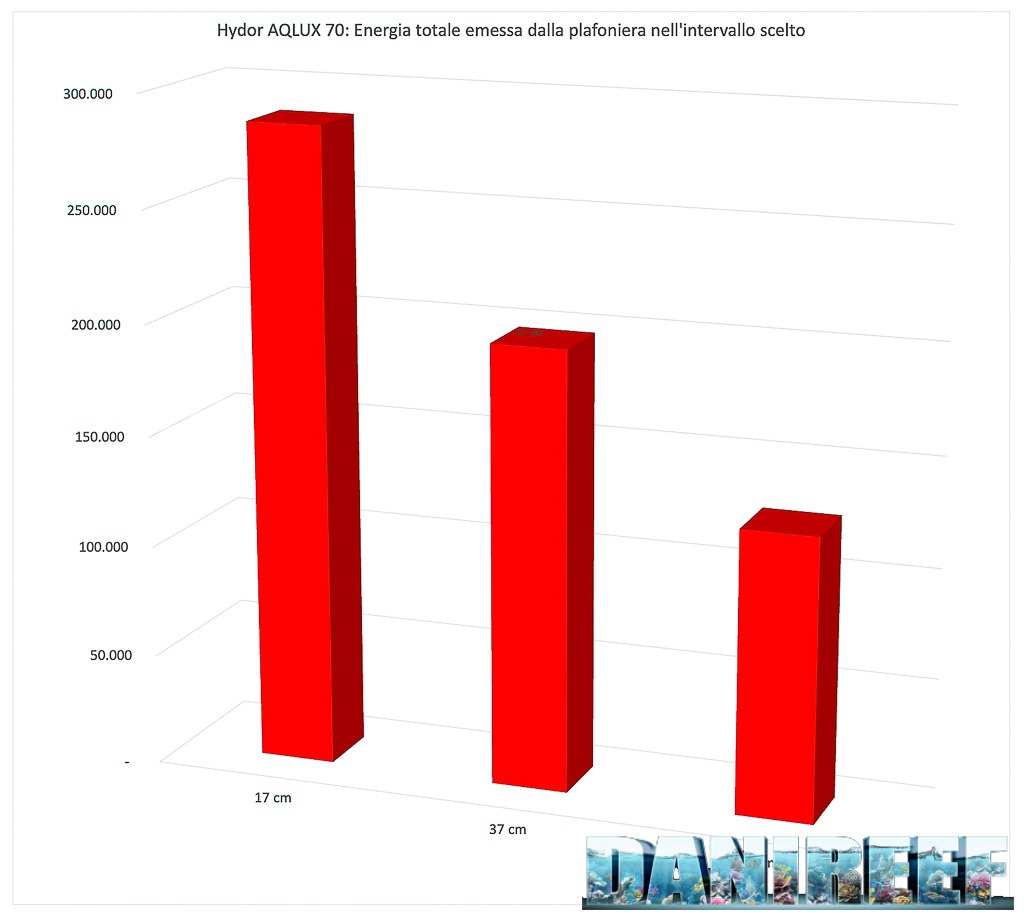
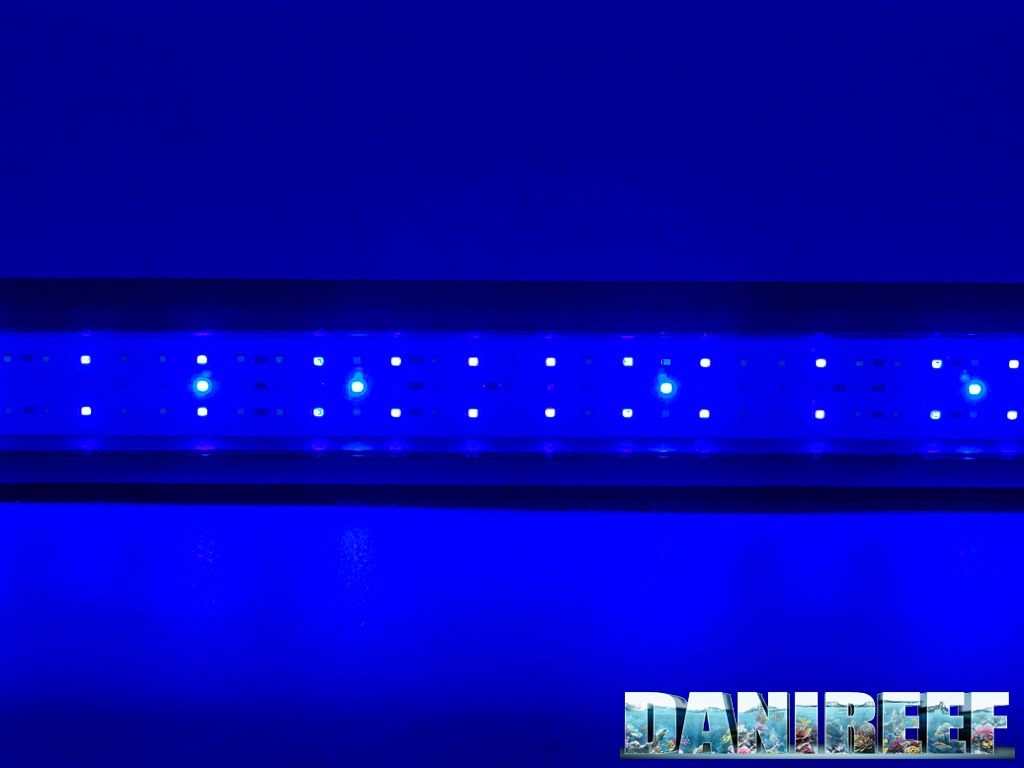
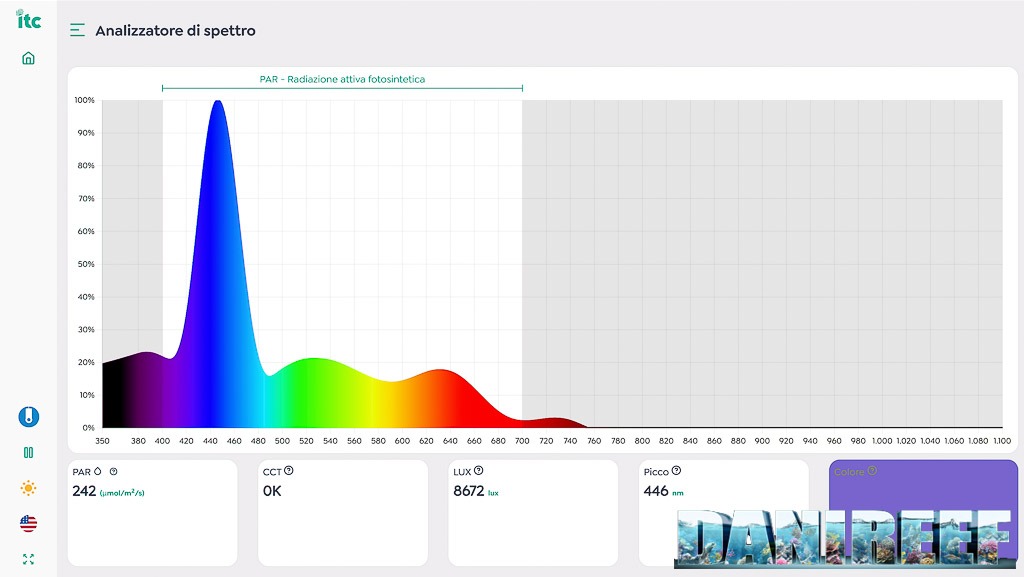
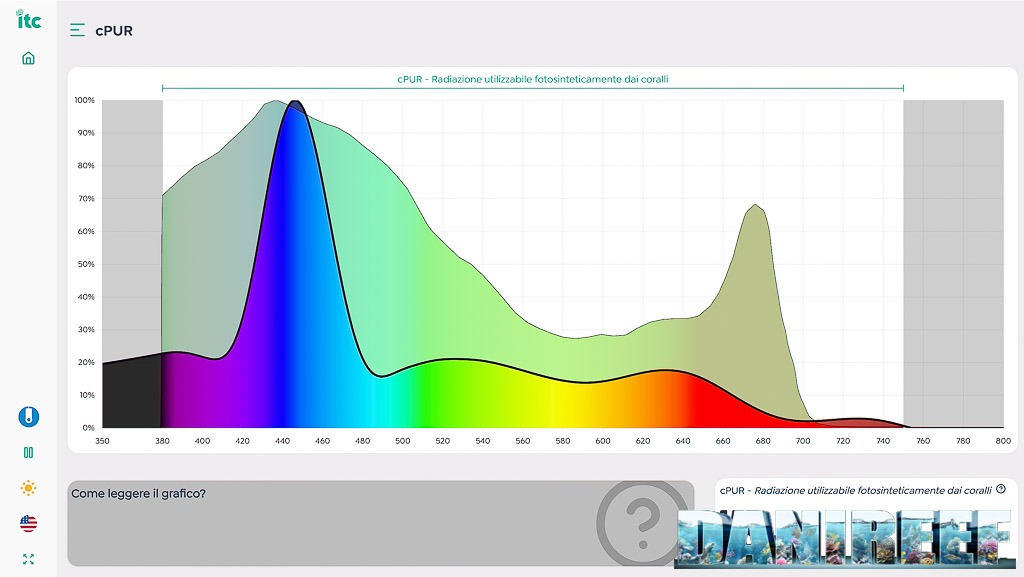
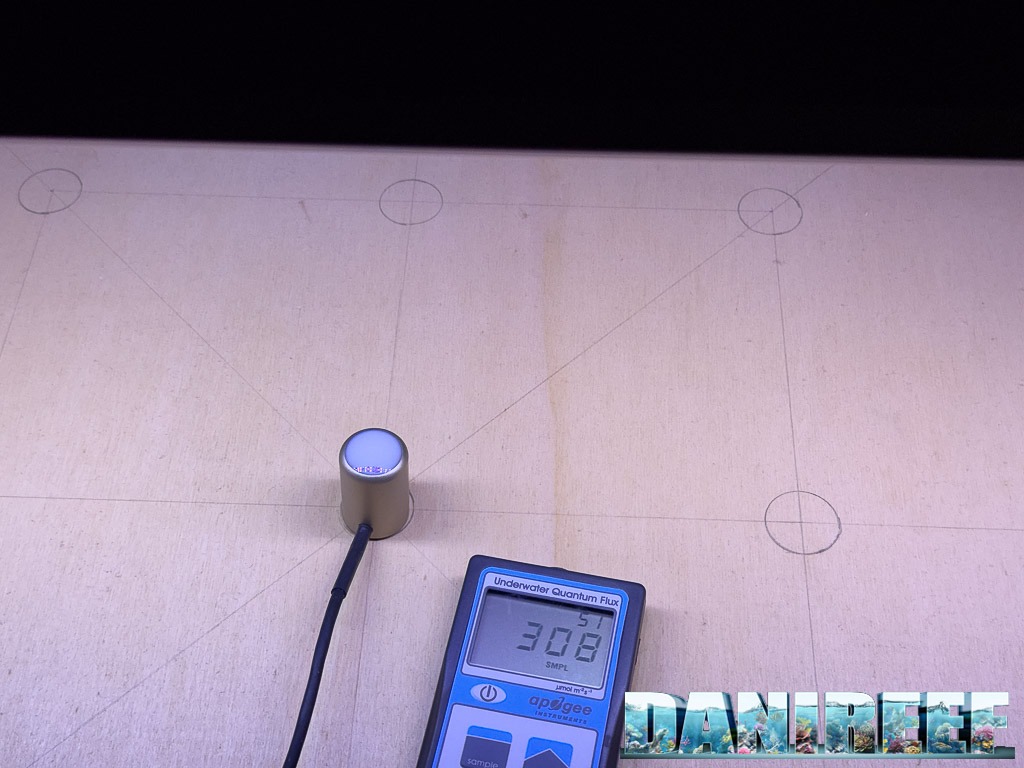
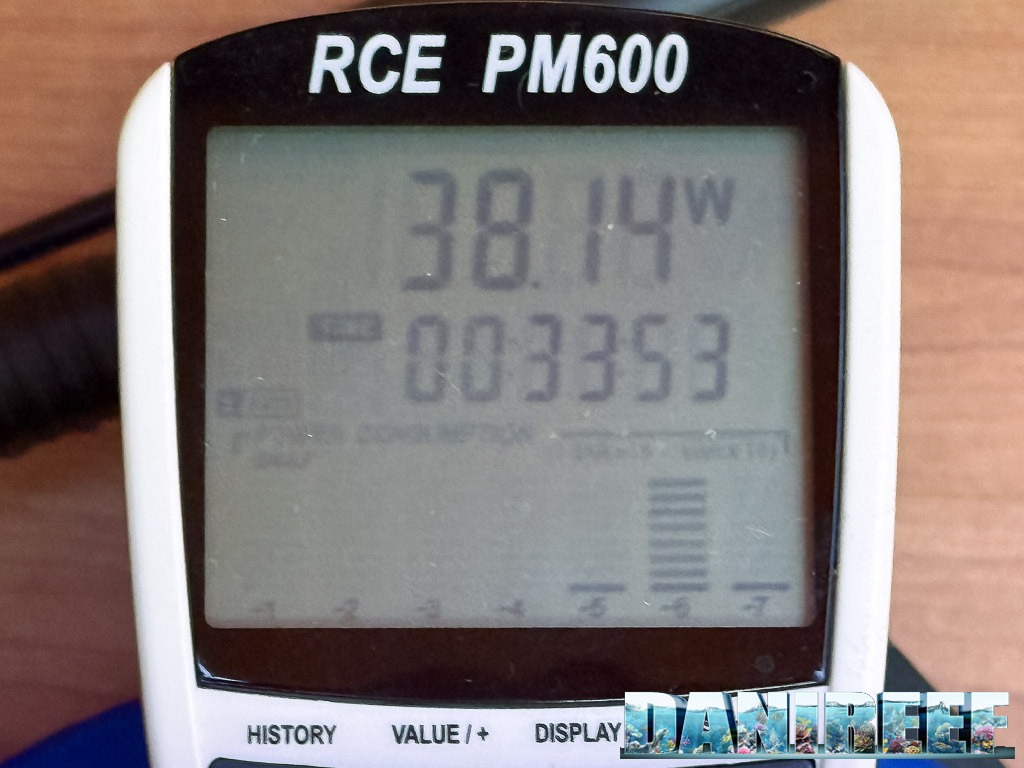
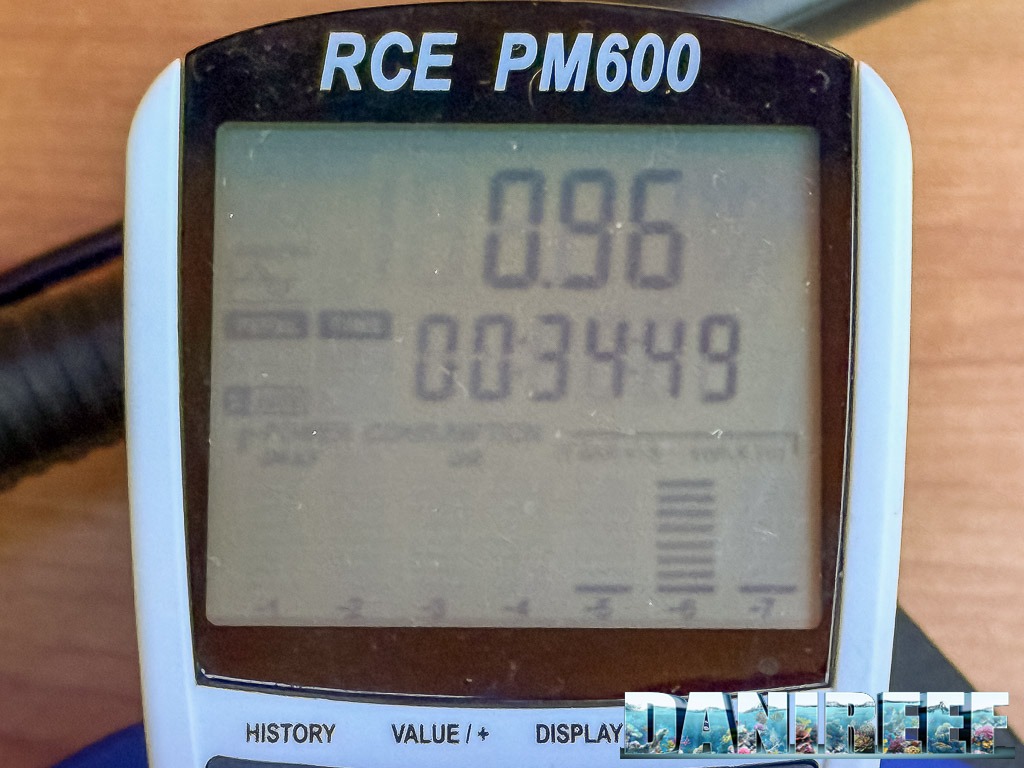

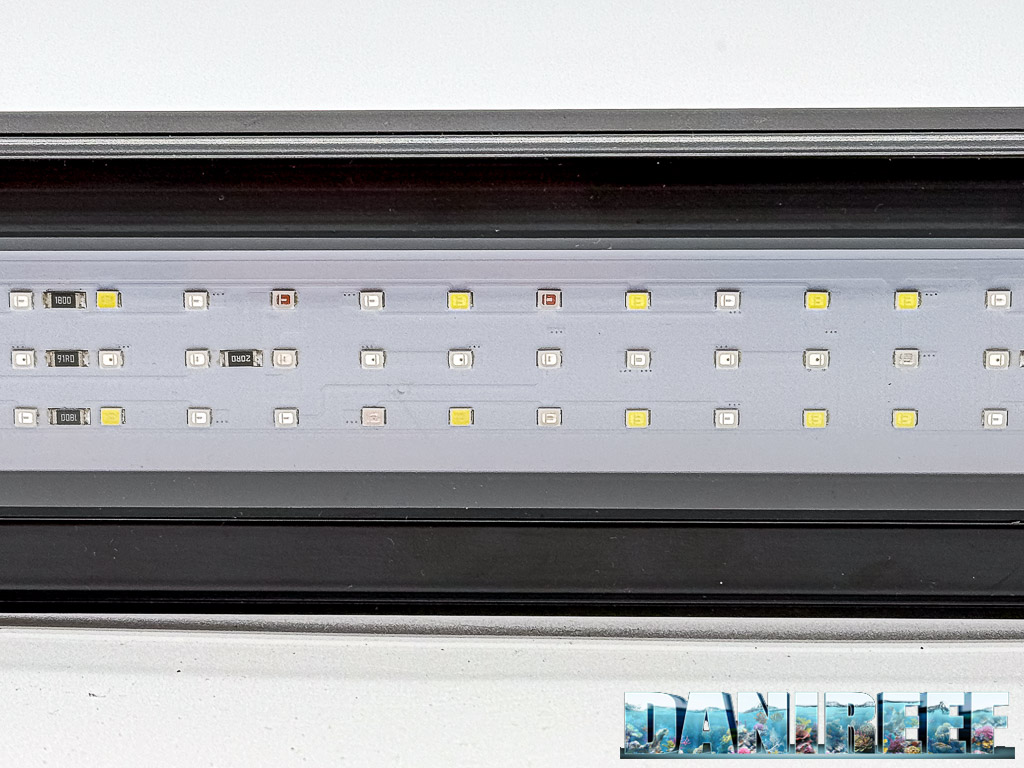
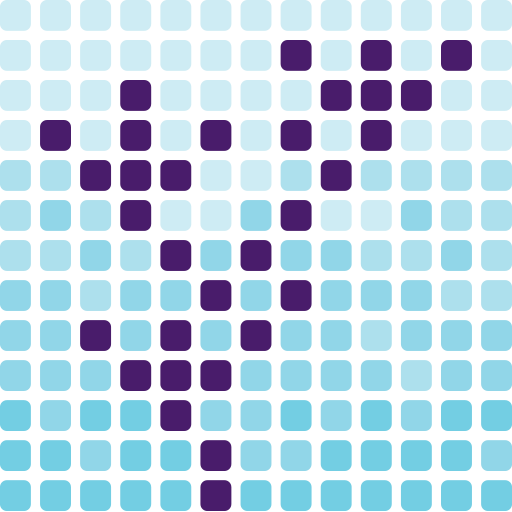
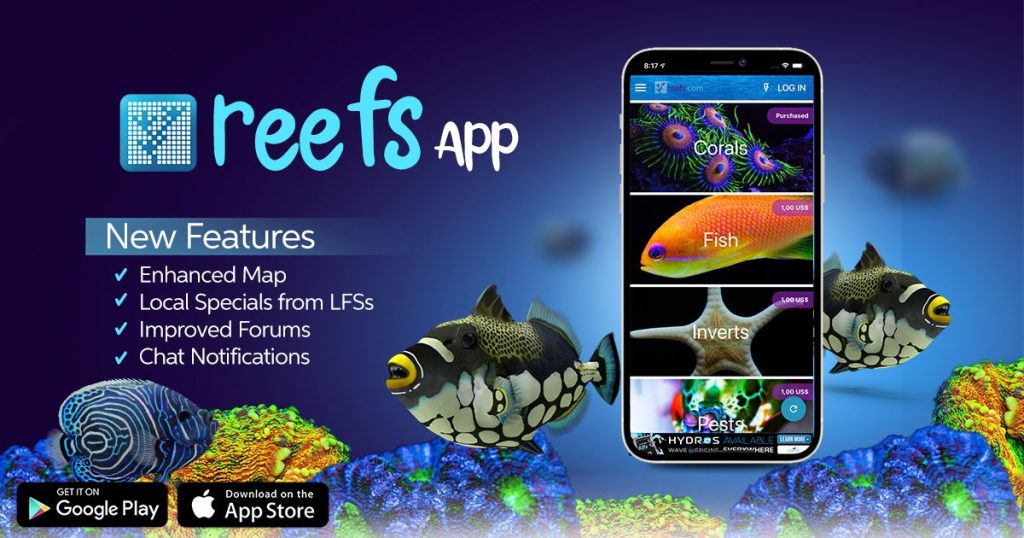
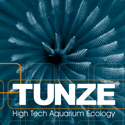
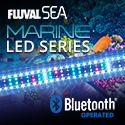
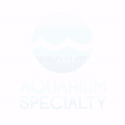
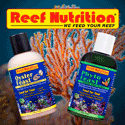

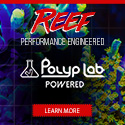
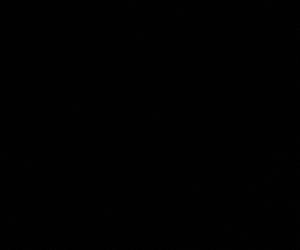
Great detailed review — really helpful for reef lighting decisions
Thanks a lot 🙂